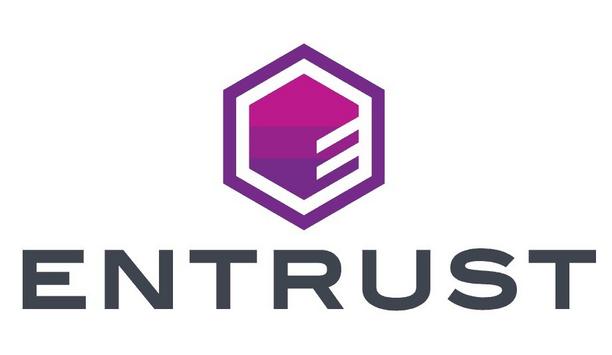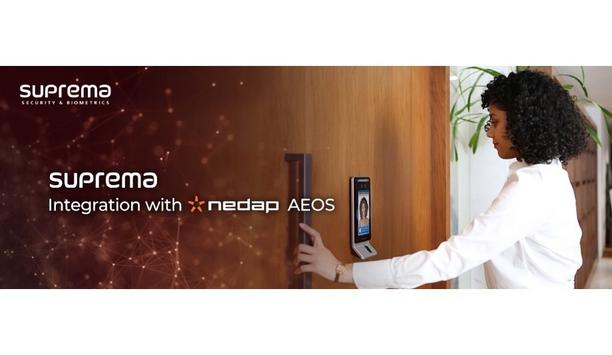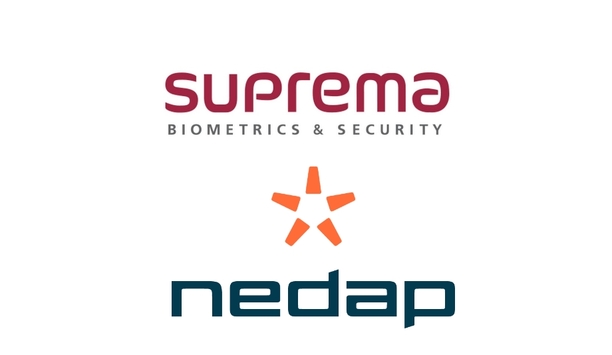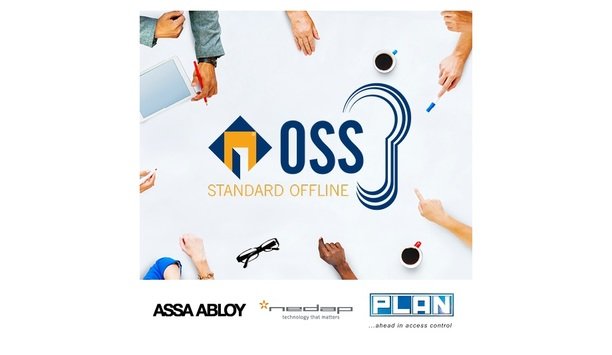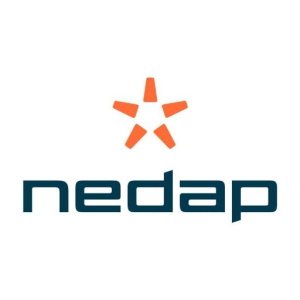Ruben Brinkman

Ruben Brinkman
Alliance Manager, Nedap Security ManagementRuben Brinkman works as an alliance manager at Nedap Security Management. He holds a masters degree in science from University of Twente.
News mentions
Entrust, a global pioneer in trusted identity, payments, and data announced a technology alliance partnership with NEDAP, an access control provider, to deliver interoperability between credential iss...
Suprema, a pioneer in access control, biometrics, and time & attendance solutions, announces that it has integrated its latest facial recognition devices into Nedap's access control system, AEOS....
Suprema, a provider of biometrics and security technologies, announces that it has integrated its latest BioStar 2 solution into Nedap's access control system, AEOS. This will enable organizations aro...
As solutions proliferate in the access control market, interoperability has never been a more pressing topic. A recent industry report finds: "91% (of professional respondents to a survey) agree integ...
